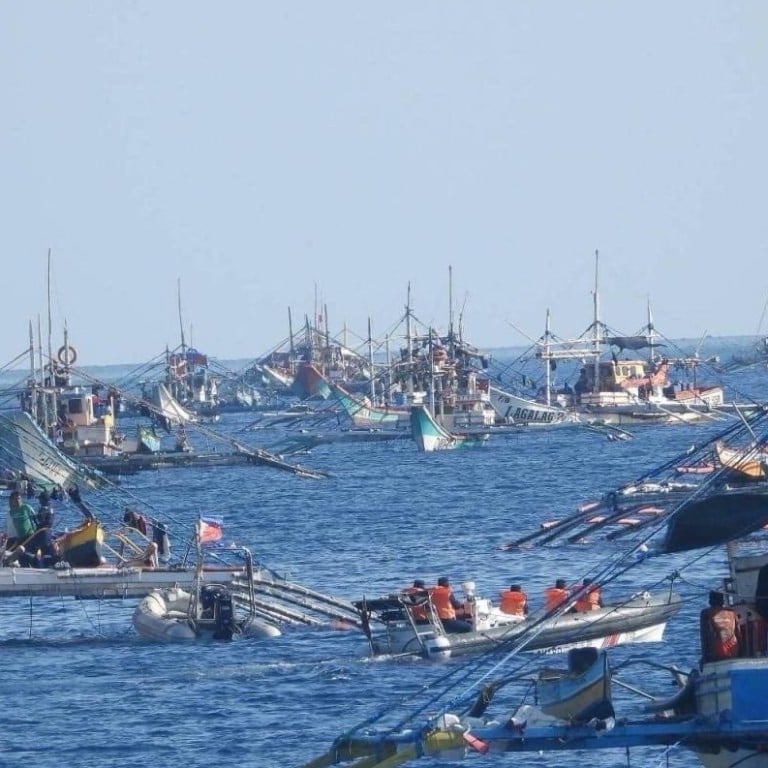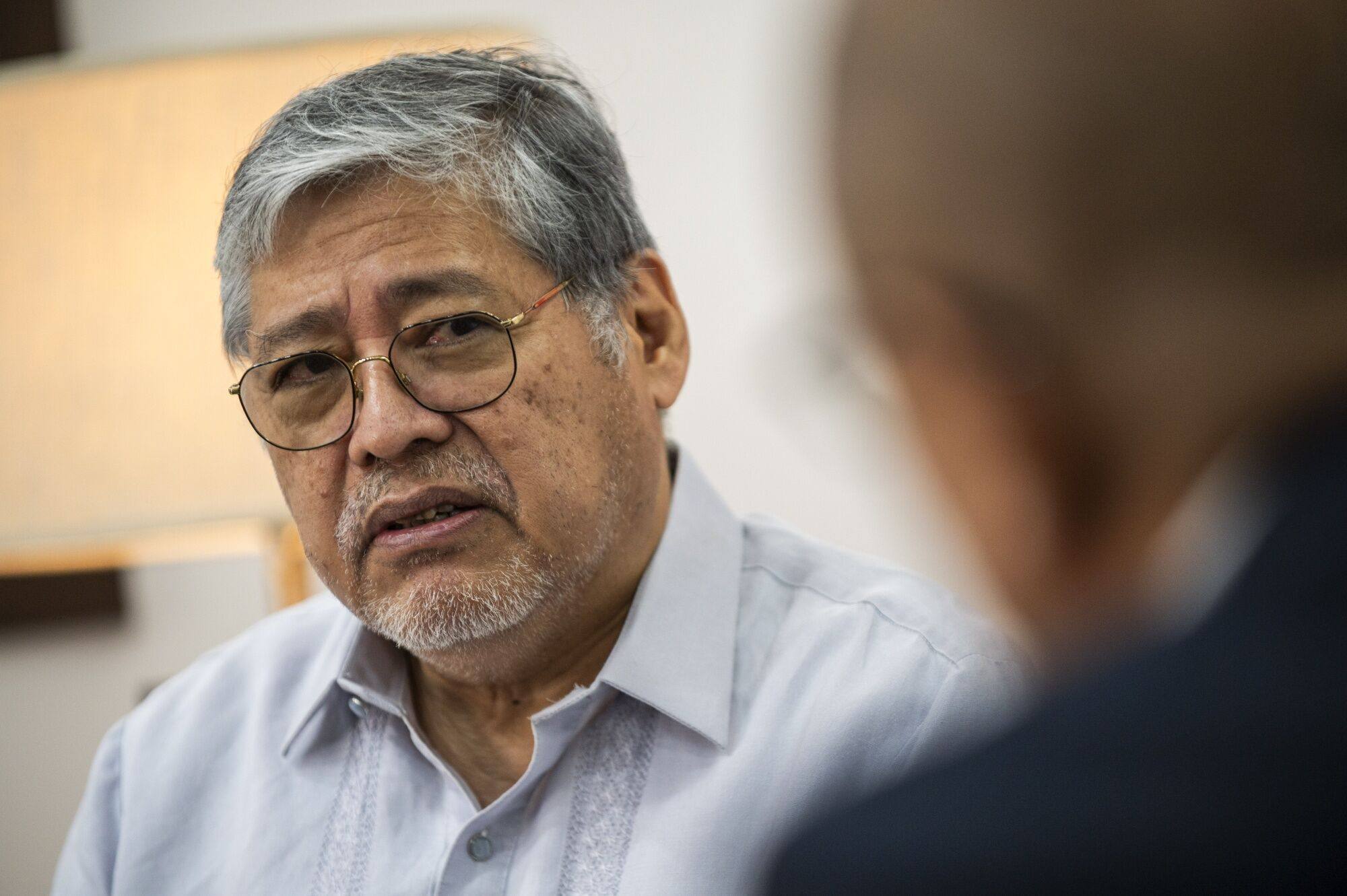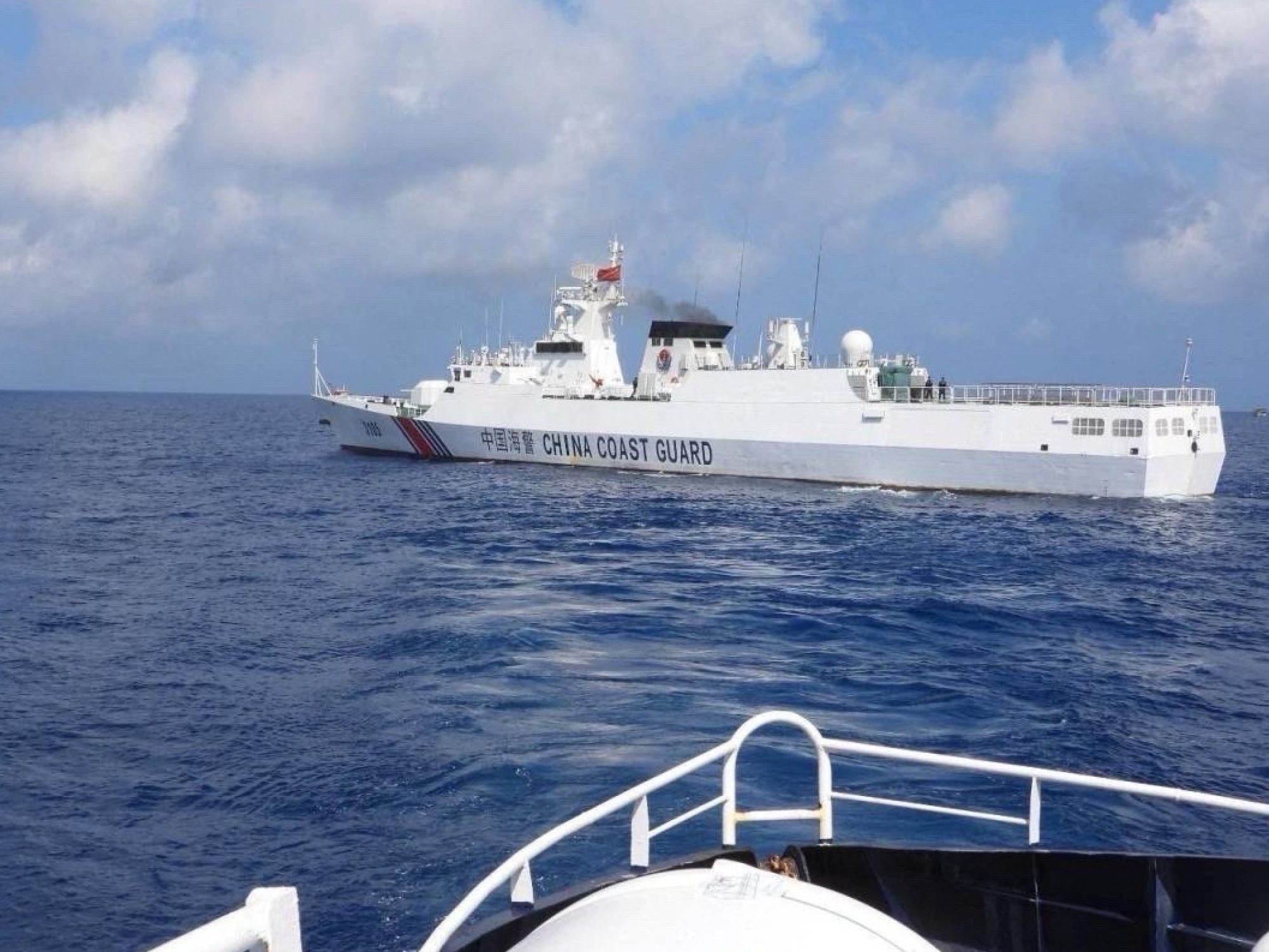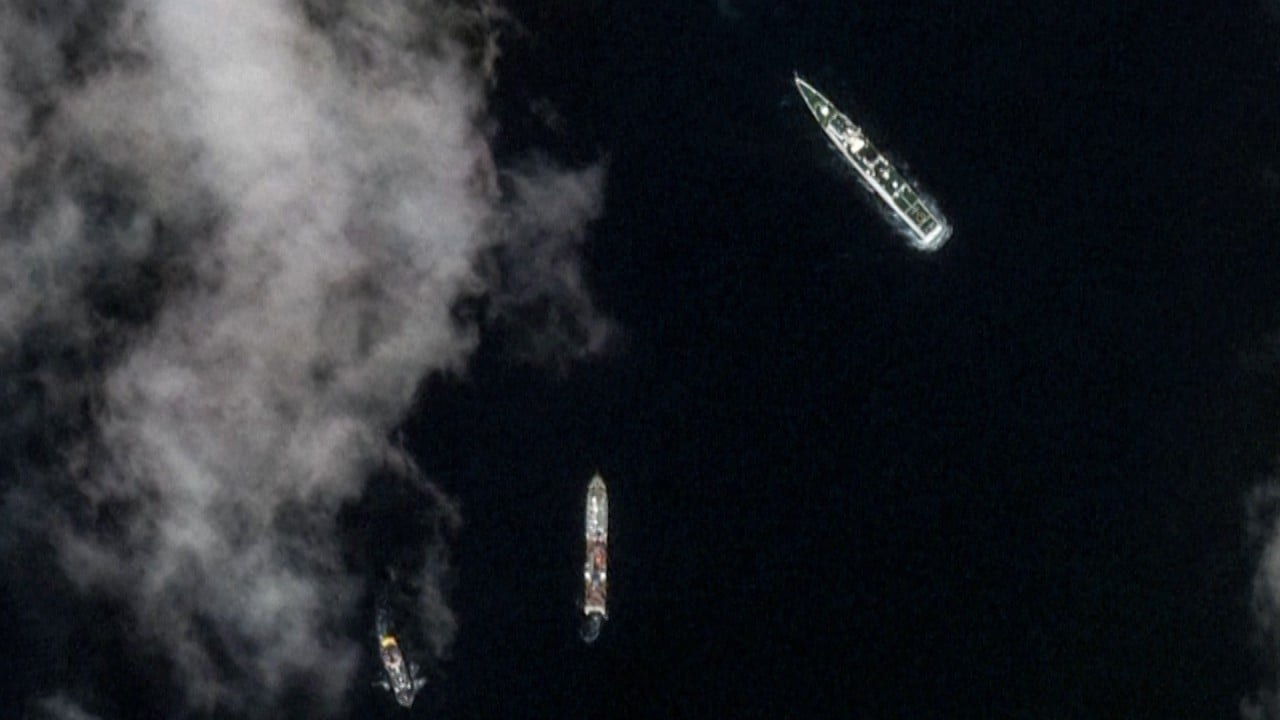
Philippines’ U-turn on South China Sea code of conduct a sign tensions remain stumbling block to progress
- Strained ties and attempts to exclude Beijing from discussions could further complicate efforts to conclude a regional code of conduct, analysts say
- Its completion could also mean compromising on sovereign rights, which looks ‘unlikely’ with China and the Philippines locked in maritime disputes
If Manila goes ahead and files charges against Chinese fishermen over the alleged use of cyanide to damage the Scarborough Shoal, it would be an attempt by the Philippines to resort to legal options to promote its maritime interests, observers added.

Manila committed to South China Sea code, says tensions not US-China related
There is also the worry that excluding China – the sea’s biggest claimant – from the discussion could “further complicate efforts to conclude a regional code of conduct”, Pitlo said.
“This may help account for the reception to Manila’s proposal for an Asean claimants-only code,” Pitlo said, noting that claimant states also did not want to leave their largest trade partner out of the conversation.
China has been the largest trade partner for not just the Philippines, Malaysia and Vietnam but also Asean as a whole for 14 consecutive years, with bilateral trade volume between China and the bloc standing at US$975.3 billion in 2022.
Whether or not Malaysia and Vietnam are on the same page with the Philippines will depend on their current and future threat perception of China
Despite Marcos Jnr’s comments about approaching regional neighbours, Vietnam and Malaysia did not issue any official responses or comments.
Aaron Jed Rabena, a senior lecturer at the University of the Philippines’ Asian Centre, said Manila was consistent in maintaining its commitment to the regional COC as it believed that it was “a diplomatic way to rein in China’s behaviour” in the South China Sea.
The mini COC, he said, was an attempt by the Philippines to “strengthen its bargaining position and rally a united front versus” China.
“Whether or not Malaysia and Vietnam are on the same page with the Philippines will depend on their current and future threat perception of China,” Rabena said.
He added that the dispute between the Philippines and China should not be entirely framed as a product of superpower rivalry, as this would mean Manila “has no agency or maritime entitlements” in the South China Sea.
China earlier criticised the Philippines for taking provocative actions in the South China Sea, where the two countries are engaged in territorial disputes, and vowed to “respond resolutely” to defend its rights.
Manila risks Beijing’s wrath with ‘non-starter’ South China Sea mini pact plan
John Bradford, executive director at the Yokosuka Council on Asia-Pacific Studies, said a regional COC “seems quite unlikely to come to completion” because anything beyond the current agreements would require compromise on sovereign rights and responsibilities.
“So long as China continues to press ahead with solidification of the military and administrative power to enforce its maritime claims, it is only natural that its smaller neighbours will explore opportunities to cooperate among each other,” he said.
“Recent Philippine actions underscore the fact that their umbrage is with Chinese action … [Manila] benefits from its alliance with the US, but they are pushing back against a perceived aggressor, not the surrogates of another conflict.”

In a statement on Sunday, the Philippine coastguard accused Chinese coastguard vessels of deploying a floating barrier at the disputed Scarborough Shoal, and conducting “blocking manoeuvres” about 1.3 nautical miles from the shoal.
On Monday, Chinese foreign ministry spokeswoman Mao Ning said the move on the shoal called Huangyan Island in Chinese was “necessary” as it was China’s “inherent territory”.
Cyanide claims
Last week, Marcos Jnr said the Philippines would file charges against Chinese fishermen if the government found legal basis for their alleged use of cyanide to damage the Scarborough Shoal.
“If we feel that there is an enough ground to do so, we will,” Marcos Jnr said, referring to reports earlier received by the Bureau of Fisheries and Aquatic Resources that Chinese fishermen were using cyanide to damage the shoal and to prevent Filipino boats from fishing in the area.

Pitlo said as a smaller country, the Philippines saw international law as an “equaliser”, with legal options being part of its “toolkit” to promote its maritime interests.
Rabena said the president’s statement on the environmental case, if proven true, was part of the Marcos administration’s “strategy of assertive transparency”.
“[It] aims to impose reputational costs and increase international pressure on China, believing that in doing so, China will change its behaviour,” Rabena added.


